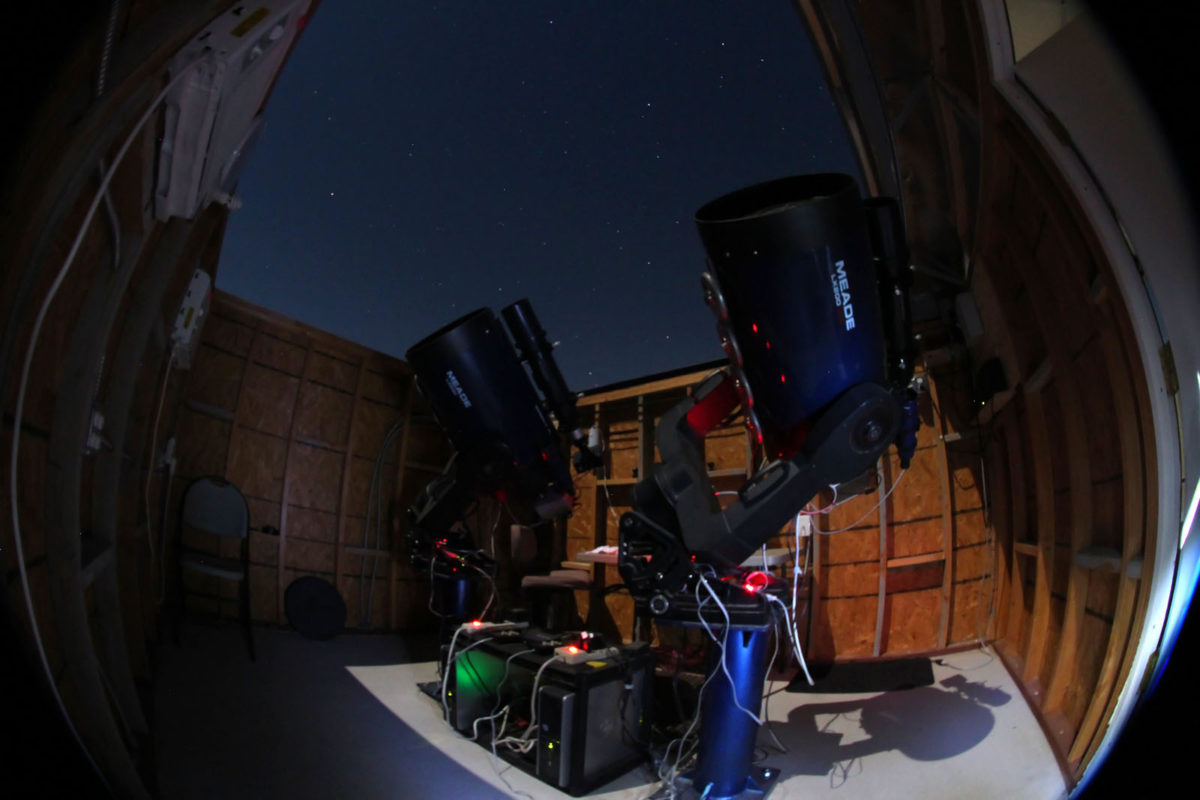Bruce Betts • Jan 06, 2015
2007 Shoemaker Grant Still Yielding Asteroid Science
This is part of a series of updates direct from our Shoemaker NEO Grant winners showing their recent progress in defending the Earth from asteroids, in part using grant money from The Planetary Society. The Shoemaker NEO Grant winners, mostly very talented amateurs with amazing telescopic facilities, do some combination of finding, tracking, and/or characterizing near-Earth objects (NEOs).
This update is from Brian Warner, a 2007 Shoemaker NEO Grant winner at the Center for Solar System Studies (CS3) - Palmer Divide Station in Colorado, USA. If CS3 sounds familiar, that's because one of its other members, Bob Stephens, is another Shoemaker grant recipient.
The Shoemaker NEO Grant enabled the purchase of a Meade 0.36-meter telescope and supports Brian's work on lightcurves (brightness of the asteroid with time) and analysis of rotation rates, comparing and contrasting the near-Earth asteroid (NEA) population with a control group.

Here's what Brian had to say about his ongoing research and some of the important results from his work the Shoemaker grant has supported:
Bob (Stephens) has pretty much told the story that I could.
I'll add that he is a Co-I on a NASA NEO grant of which I am the PI. My 2007 Shoemaker grant purchased a Meade 14-inch, which is still in service and now one of five scopes I have at the CS3 facility that I run remotely from my home in Colorado. The Shoemaker grant was a gift that keeps on giving.
The 14 is the scope on the left in the attached photo, taken by Bob. I can't give you an exact number of NEAs that the one scope has worked in the 8 years that it's been in service, but it is safe to say that it is well more than 100.
My work under the grant concentrates on lightcurves and analysis of rotation rates, comparing and contrasting the NEA population with a control group: the Hungarias. The latter are small, inner main-belt objects not subject to planetary tidal encounters. One of the most important results was that the binary population between the two groups as well as the distribution of rotation rates are similar. This helped confirmed that YORP (a thermal effect that causes asteroids to spin faster or slower) is the primary mechanism for the formation of small binary systems among the NEAs.
Help The Planetary Society support the hunt for near-Earth asteroids:


 Explore Worlds
Explore Worlds Find Life
Find Life Defend Earth
Defend Earth

